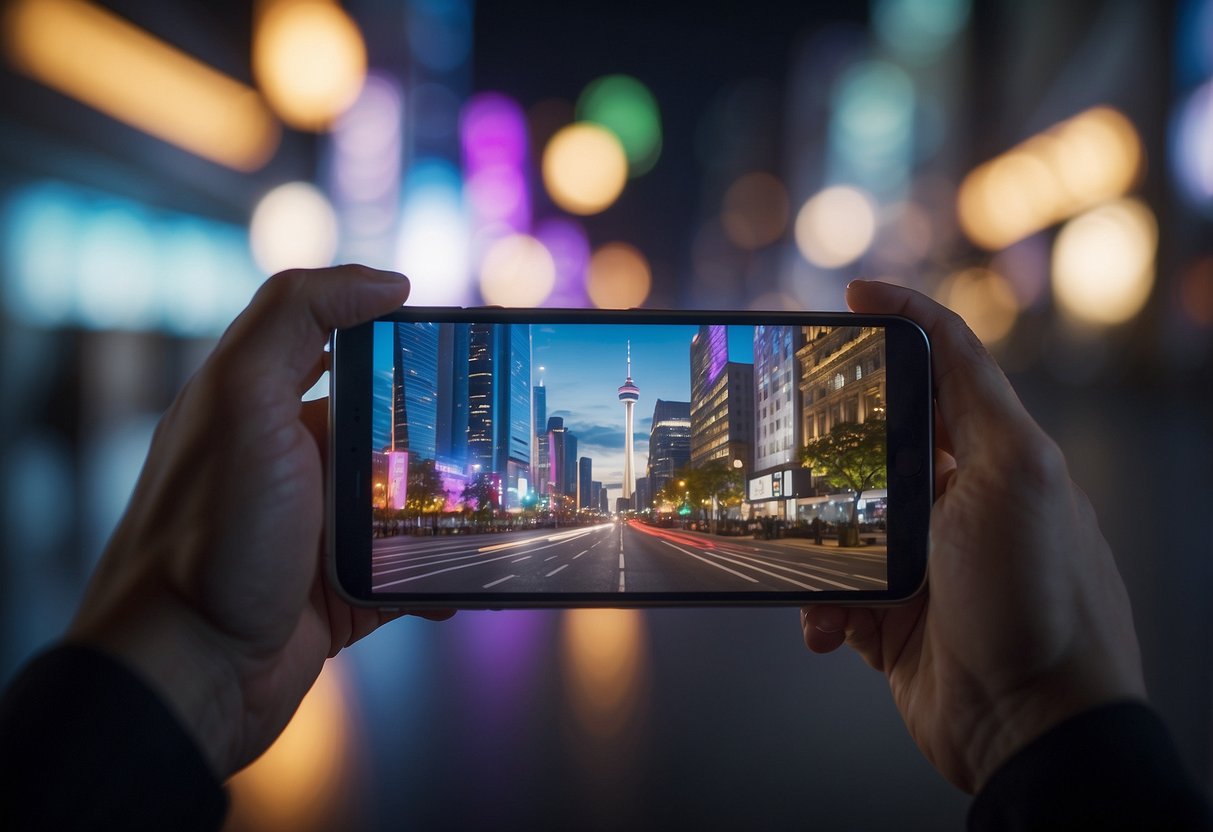
Augmented Reality in the Workplace

Augmented Reality (AR) is becoming increasingly vital in enhancing collaboration, improving training methods, and boosting workplace productivity and efficiency.
Collaboration and Remote Work
AR is revolutionizing how teams collaborate and work remotely. Employees can interact with 3D models and simulations in real-time, regardless of their physical location. This is particularly beneficial for industries that require detailed design work, such as architecture and engineering.
Remote workers can utilize AR to participate in virtual meetings where they can visualize data and projects as though they were physically present. This immersive experience enhances understanding and decision-making, making remote collaboration more effective and engaging.
Training and Skill Development
Training programs have found a new ally in AR. Through immersive simulations, employees can practice complex tasks in a controlled, low-risk environment. This is particularly useful in sectors like manufacturing and maintenance, where hands-on experience is crucial.
AR allows trainees to see step-by-step guides and real-time feedback, accelerating the learning process. The ability to repeatedly practice tasks without the constraints of physical resources ensures a more well-prepared workforce, ready to tackle real-world challenges efficiently.
Boosting Productivity and Efficiency
AR tools are significantly boosting productivity and efficiency in workplaces. By overlaying digital information onto physical environments, employees can access essential data without disrupting their workflow. This is especially beneficial in fields like maintenance and manufacturing, where quick access to schematics and repair instructions can save time and reduce errors.
In addition, AR can streamline routine tasks by providing visual cues and automated checklists, ensuring that procedures are followed correctly. This not only speeds up processes but also ensures higher quality and consistency in output, making workplaces more efficient and productive.
The Impact of AR on Healthcare
Augmented Reality (AR) is revolutionizing various aspects of healthcare, including medical training, precision in procedures, and the development of advanced medical simulations. These advancements are poised to enhance both the safety and efficacy of medical practices.
Medical Training with AR
AR is transforming medical training by offering immersive, interactive experiences that traditional methods lack. Trainees can visualize complex anatomical structures in 3D, allowing for a deeper understanding of human biology. This hands-on experience can be gained without the need for real-life patients, minimizing risks and ethical concerns.
For instance, AR-assisted platforms provide detailed overlays of surgical procedures, enabling trainees to practice and refine their skills in a controlled environment. This technological advancement leads to more confident and competent healthcare professionals, better prepared for real-world scenarios.
Enhancing Precision and Safety
In surgical procedures, AR can enhance precision and improve safety outcomes. Surgeons can use AR to overlay critical information directly onto the surgical field, aiding in accurate incisions and placements of instruments. This minimizes the risk of human error, which can significantly impact patient recovery and success rates.
By providing real-time data, such as vital signs and imaging results, AR assists in immediate decision-making, reducing operation times and patient exposure to potential complications. Enhanced visualization tools also support surgeons in performing minimally invasive surgeries, resulting in faster recovery times for patients.
Future of Medical Simulations
The future of medical simulations with AR is promising and expansive. Simulations powered by AR technology offer realistic scenarios where medical professionals can practice emergency responses, diagnose conditions, and develop treatment plans. This constant practice contributes to better preparedness and improves overall patient care.
AR-based simulations help in creating scenarios that are difficult to replicate in real life, such as rare medical conditions or complex surgical procedures. Medical trainees and professionals can repeatedly practice these simulations, refining their skills and improving their proficiency. The future of AR in healthcare simulations is set to provide an unparalleled level of training fidelity and adaptability.
Through these advancements, AR is setting a new standard for the medical field, enhancing both the educational and practical aspects of healthcare delivery.